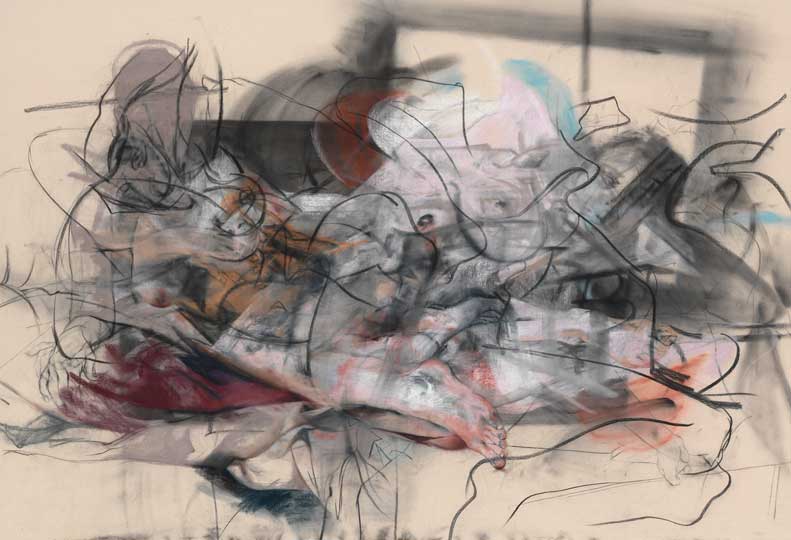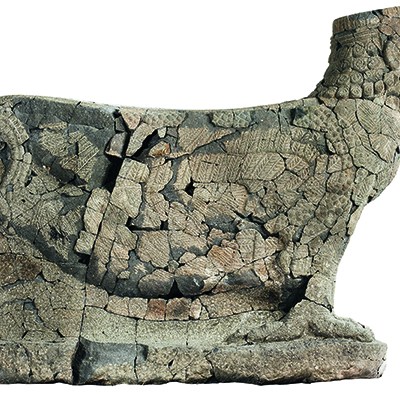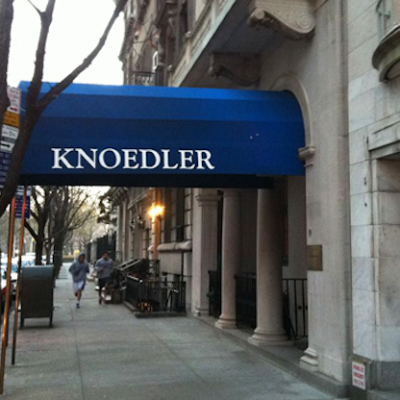As Kunsthaus Zürich presents Egon Schiele alongside Jenny Saville, we caught up with curator Oliver Wick to learn more about this striking pairing.
Click here for a gallery of highlights from the exhibition…
Can you tell us a bit about the exhibition?
Egon Schiele and Jenny Saville are separated by nearly a century, but both are compelling in their treatment of the human body and self-perception. In their hands, paint takes on bodily qualities, and it is this embodiment of paint that informs the dialogue in which this exhibition places them. I want to be clear that the exhibition in no way represents Schiele as having influenced Saville or indeed contemporary art in general.
What makes this a distinctive show?
Schiele’s radical oeuvre was produced in just under a decade and should be appreciated in all its immediacy. Schiele’s work sets the tone of the exhibition and is presented in loosely chronological order. Saville’s paintings are placed between his and interact with them. The juxtapositions point up contrasts and convergences between the two artists.
How did you come to curate this exhibition?
I wanted to see Schiele’s oeuvre outside the context of Viennese modernism. There is a tendency to tamp down his radical qualities by assimilating his work to Klimt’s Secessionist art, which the public finds easier to accept. So the exhibition is an attempt to face the reality of contemporary human form.
What is likely to be the highlight of the exhibition?
Saville’s large-scale works such as Fulcrum (1999), Hyphen (1999), or her newest work, Oxyrhynchus (2012–14), are overwhelming when encountered in the flesh. Schiele’s Death and Maiden (1915–16), from the Belvedere, is certainly a highlight.
And what’s been the most exciting personal discovery for you?
The realisation that Schiele in his time was uncompromisingly contemporary and that as an artist-curator he tried to promote the most radical art of his time. This became clear when I was analysing his unpublished correspondence with the Kunsthaus Zürich.
What’s the greatest challenge you’ve faced in preparing this exhibition?
Securing the loans. Saville’s collectors are very devoted to her but they are willing to share the works with the public. Getting works by Schiele is far more complex. Some great drawings came in at the very last minute.
How are you using the gallery space? What challenges will the hang/installation pose?
These are strong paintings and they require space in which to breathe and unfold. So the installation is deliberately spare. The challenge is to single out some tiny works and confront them with the monumental presence of Saville’s paintings. There is a wonderful visual tension built into the flow of the exhibition.
Which other works would you have liked to have included?
It would have been a great privilege to show Death and Maiden together with Schiele’s contemporaneous double self-portrait Transfiguration (1915). But Transfiguration has never left the Leopold Museum or, before that, the private collection of the Leopold family.
‘Egon Schiele – Jenny Saville’ is at the Kunsthaus Zürich, from 10 October–25 January 2015.




